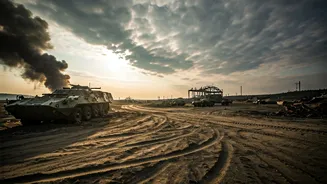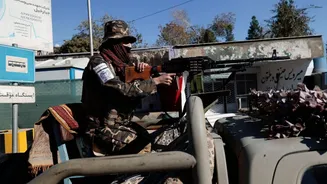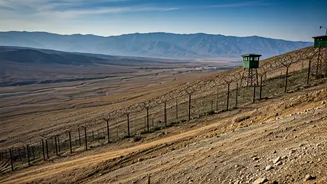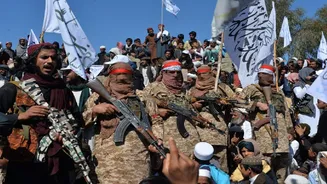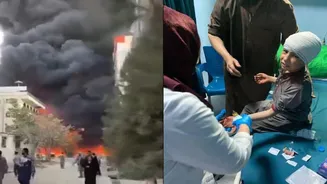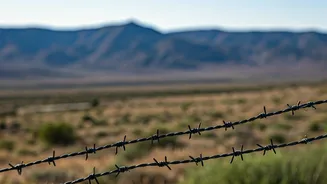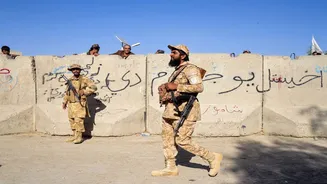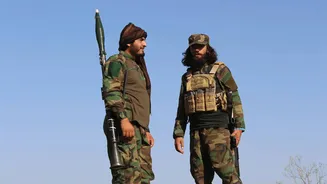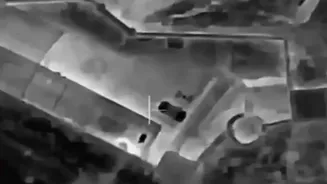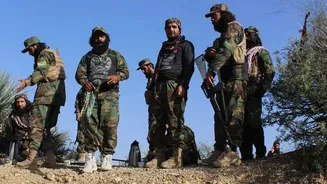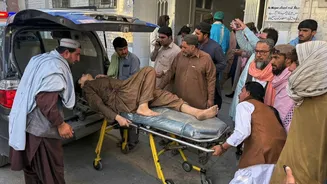Escalating Border Clashes
The situation in Pakistan has taken a turn for the worse as cross-border offensives from the Afghan Taliban and attacks from the Tehreek-e-Taliban Pakistan (TTP)
have amplified, particularly in Khyber Pakhtunkhwa. Ambush-style raids and the use of IEDs by the TTP are on the rise. Simultaneously, Afghan Taliban units, many experienced from years of fighting, have begun targeting Pakistani checkposts with advanced weaponry. Reports suggest that several Pakistani positions have been lost or temporarily abandoned due to intense fire. The clashes are not just isolated incidents but signs of a larger, more complex security challenge facing Pakistan.
Damage and Disruptions
Intelligence sources have reported significant damage to Pakistani forward positions and communication systems due to heavy artillery exchanges and precision strikes by the Taliban. These strikes have occurred along the volatile Chaman-Spin Boldak border. The damage includes disruption to wireless and field communication networks, which has greatly affected coordination among security units. This impacts the efficiency of security operations and the ability of Pakistani forces to respond quickly to the growing threats. This disruption also puts a strain on the already stretched troops who are dealing with casualties on both fronts.
Military's Precarious Position
Military insiders have described the situation as rapidly deteriorating, with Pakistan's forces caught between two major threats: the TTP's guerrilla-style attacks from within tribal areas and direct offensives by the Afghan Taliban across the border. Intelligence sources have stated that troops are overstretched and taking casualties on both fronts, highlighting the intensity and complexity of the challenges. The precarious situation threatens to escalate into a prolonged border war if not addressed strategically. The military's operational capacity is being stretched to its breaking point, and the ability to respond effectively is hampered.
Tensions and Blame
The renewed fighting follows weeks of increasing tension, with Islamabad accusing the Taliban government in Kabul of providing sanctuary to TTP militants. Earlier in the week, Pakistan’s Army Chief, Field Marshal Asim Munir, summoned senior generals at GHQ Rawalpindi to address intelligence failures that allowed the coordinated attacks to succeed. Munir reportedly rebuked field commanders for their failure to anticipate the scale and timing of the Taliban operations, signifying the severity of the security lapses. This points to a breakdown in intelligence and a lack of preparedness on the ground, further complicating the situation.
A Multi-Front Battlefield
Analysts view the escalating conflict as a new phase in Pakistan’s security crisis. The western frontier has transformed into a multi-front battlefield, where the Afghan Taliban's cross-border dominance and the TTP's internal attacks combine to create a daunting challenge for the military. With simultaneous assaults from both groups, Pakistan’s military faces immense pressure. The situation is further exacerbated by the fact that at least six Pakistani soldiers have been killed in recent clashes near the Orakzai district’s Ghiljo area, where Afghan Taliban units stormed the Maahmoodzai post, resulting in one of the deadliest cross-border confrontations recently.
Civilian Casualties
The conflict’s impact extends to the civilian population, with the Friendship Gate, a crucial crossing point between Balochistan’s Chaman and Afghanistan’s Kandahar province, reportedly suffering structural damage due to shelling. A young girl on the Pakistani side was injured when stray bullets struck her home, underscoring the risk to civilians in the border area. The increase in violence has raised the possibility of more civilian casualties, adding another dimension to the crisis. This situation highlights the need for measures to protect civilians and minimize the impact of the clashes on their lives.
